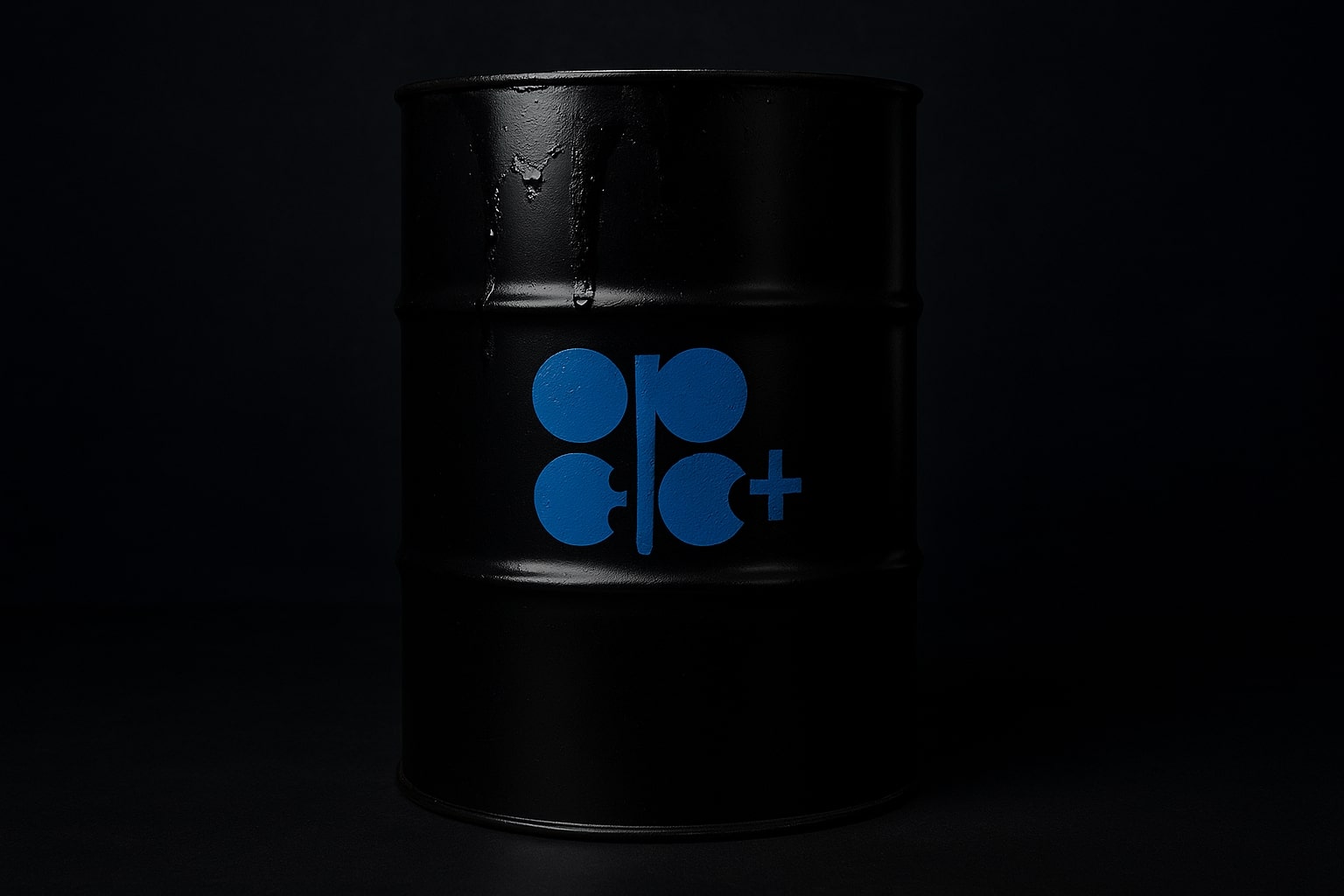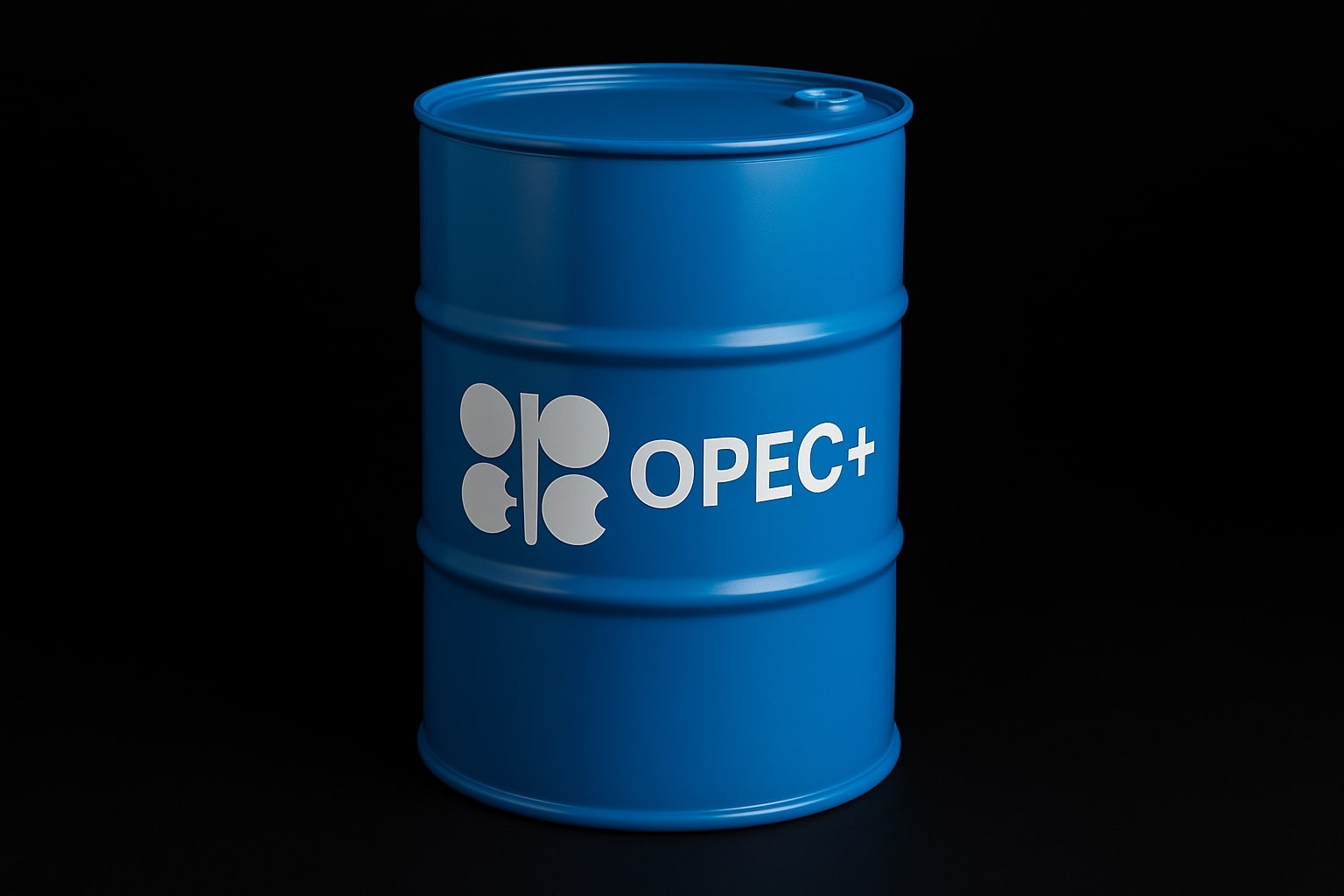
Oil Price Faces Record Bearish Bets as WTI Stalls at $62.87, Brent at $65.94
Speculators drive deepest shorts since 2009, EIA slashes outlook below $50, and China’s exports flood Asia while geopolitics keep Brent pinned near $66 | That's TradingNEWS
Speculators Push WTI (CL=F) Toward Deepest Bearish Positioning Since 2009
Oil markets are under heavy speculative pressure, with hedge funds and money managers holding the most aggressive short bets in more than a decade. CME net longs have plunged 80% this year to just 49,000 lots, while ICE WTI futures flipped into a net short of 53,300 lots. Combined with Brent (BZ=F), the global benchmark, speculative positioning has fallen to its lowest bullish exposure in months. Brent shorts were largely built through new selling rather than liquidations, showing conviction in bearish plays. Traders warn that markets are “notably light” on bullish positioning, creating the potential for a violent short-covering rally if fundamentals flip unexpectedly.
EIA Forecasts Show Steep Decline Ahead for WTI Spot Prices
The U.S. Energy Information Administration cut its oil price outlook sharply. It now expects WTI to average $63.58 in 2025 and fall further to $47.77 in 2026, a downgrade of nearly $7 from July’s forecast. By quarter, the EIA projects prices dropping to $54.05 in Q4 2025 and down to $45.97 in Q1 2026 before a mild recovery toward $50 by year-end. Competing banks offer wide contrasts: Standard Chartered sees $62 in Q4 2025 and $80 in Q4 2026, JPMorgan expects $63 in 2025 and $54 in 2026, while BMI projects a more balanced $65 for 2025 and $64 for 2026. These divergences highlight extreme uncertainty around OPEC+ cohesion, U.S. shale output, and demand resilience.
China’s Refining Push Drives Exports to Multi-Month Highs
Physical flows from Asia show strength, even as paper markets lean bearish. China’s July refined fuel exports surged to 5.34 million tons, the highest since mid-2024. Diesel shipments jumped 53.2% year-on-year, gasoline rose 18.6%, and jet fuel climbed 10.9% to the strongest levels since March 2025. Refinery throughput hit 14.85 million barrels per day, up 9% from last year, with utilization at 71.8% across state refiners. At the same time, crude imports jumped 11.5% year-on-year, reinforcing China’s role as the demand anchor of global oil. Yet, surging exports risk oversupplying Asia with refined products, adding pressure to margins and limiting oil’s ability to sustain rallies.
Geopolitics Keep Brent (BZ=F) Anchored Near $66 as U.S.-Ukraine Talks Loom
Brent crude holds near $65.94, with WTI at $62.87, as traders focus on high-stakes diplomacy. U.S. President Donald Trump’s upcoming talks with Ukrainian President Volodymyr Zelenskiy follow the inconclusive Trump-Putin summit in Alaska. A peace breakthrough could deliver a “peace dividend” for energy markets, softening prices further, while harsher sanctions risk tightening Russian flows. Meanwhile, the U.S. has pressed India to curb Russian imports, with adviser Peter Navarro warning that India’s purchases are financing Moscow’s war. This clash keeps geopolitics a major swing factor for oil, adding headline-driven volatility to already fragile market dynamics.
Technical Weakness Shows Oil Locked in “Fade the Rally” Mode
Technically, crude remains capped. WTI struggled to hold $63.00, with Monday’s dip as low as $62.06 before a slight rebound. Overhead resistance is clustered at $64–$67, while Brent faces the 50-day EMA near $68. Every bounce is being sold into, leaving crude in a corrective downtrend. With oversupply from OPEC+, Russia, and U.S. shale, analysts say crude is stuck in “fade the rally” mode unless demand growth surprises to the upside.
Positioning, Fundamentals, and Forecasts Converge on Bearish Tilt
The convergence of record speculative shorts, bearish EIA forecasts projecting sub-$50 WTI in 2026, and rising Chinese product exports reinforce a fragile picture. Brent’s $66 level reflects a delicate balance between geopolitical risks and oversupply, while WTI’s struggle to hold $62–$63 shows no firm floor yet. With the Federal Reserve’s Jackson Hole event this week and Trump-Zelenskiy talks carrying major supply implications, oil markets remain on a knife’s edge.
That's TradingNEWS
Read More
-
BITQ ETF Soars 66.55% as Bitcoin Blasts Past $124,000 — Crypto Equities Lead 2025 Rally
13.10.2025 · TradingNEWS ArchiveStocks
-
XRP ETFs XRPR, XRPI Slip as Ripple XRP-USD Holds $2.62 — SEC Fast-Track Could Ignite $20B
13.10.2025 · TradingNEWS ArchiveCrypto
-
Natural Gas Price Forecast - NG=F Steadies at $3.00 as U.S. Export Boom Tests Old Fields
13.10.2025 · TradingNEWS ArchiveCommodities
-
USD/JPY Price Forecast - Dollar to Yen Climbs to ¥152.28 as Japan’s Political Shakeup
13.10.2025 · TradingNEWS ArchiveForex



















